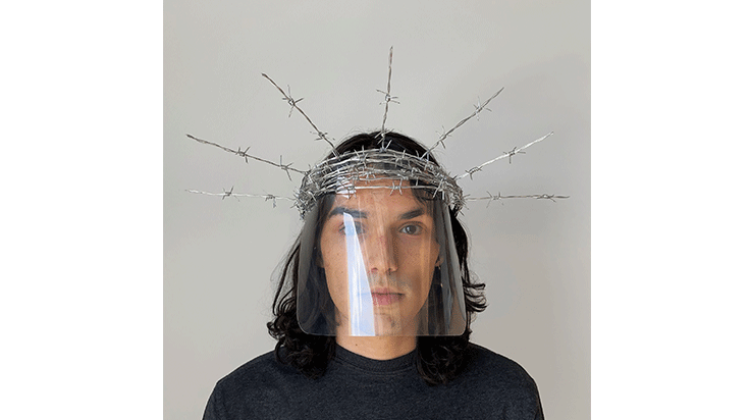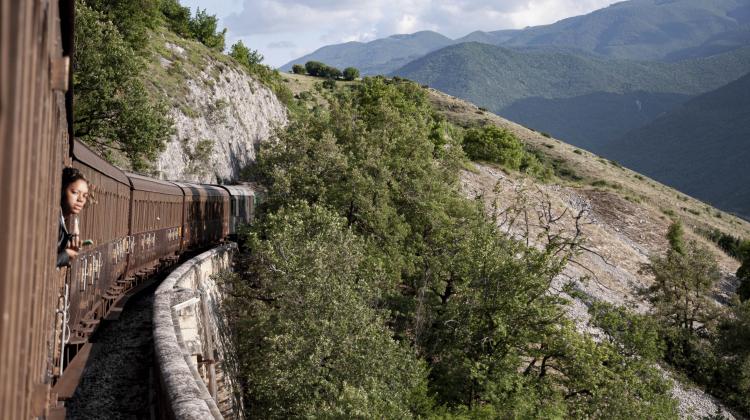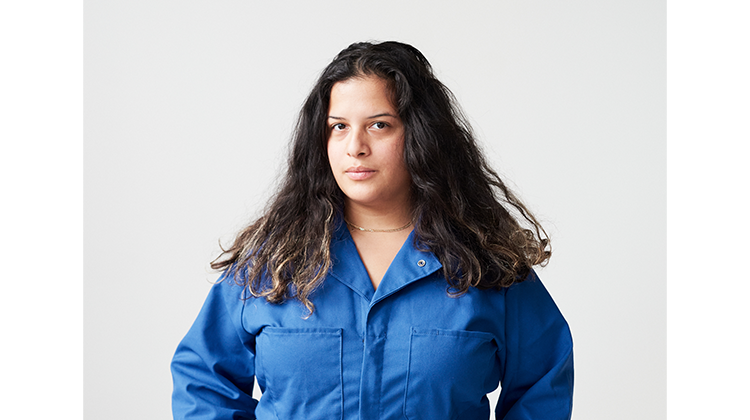Note: 1st meeting, T 2/7, 10am on Zoom: https://mit.zoom.us/j/97338571583
The Metropolitan Storage Warehouse was built in 1895, it is one of the oldest buildings in the MIT neighborhood and currently finds itself in the midst of redevelopment as it will become the new home of the School of Architecture and Planning in 2025. Upon completion the MET will provide approximately 110,000 square feet of academic, research, and gathering space including labs and studios for architecture students. As the building finds itself amidst active transformation this workshop will look back on the MET’s past lives, investigate its current working state, and ponder on its future through the tools of phonography, or field recording, to better understand the multiple layers of reality that converge at this site.
The MET Warehouse operated as a storage facility since its construction and its architectural elements– two-foot-thick-stone walls, vaulted ceilings, its medieval crenellations—all stood witness to years of internal life, the drama of the storage facility; the secret life of boxes that end up in secret rooms. In 2015, when the MET closed, much more than boxes were revealed to have occupied the nearly 1,500 internal units: private offices, satellite walk-in closets, a wine collection dating back to the mid-90’s, a saxophonist’s recording studio, extension art storage for Boston museums, the list goes on. The MET Warehouse, like many other storage spaces, was a territory of exchange and protection for belonging(s): material, capital, life. How might the past lives of this building effect its future life as repository and vessel for a community of architects, designers, and thinkers (both academic and not, institutional and extra institutional)? In listening to the building might we learn more about its expansive ability to hold, archive, and safekeep and challenge our expectations for what forms of belonging might take place here next?
Schedule
1st mtg. T 2/7, 10am in Room 7-429
Ongoing schedule: T 9-12
Preference Given To
MArch
Can Be Repeated for Credit
Yes







